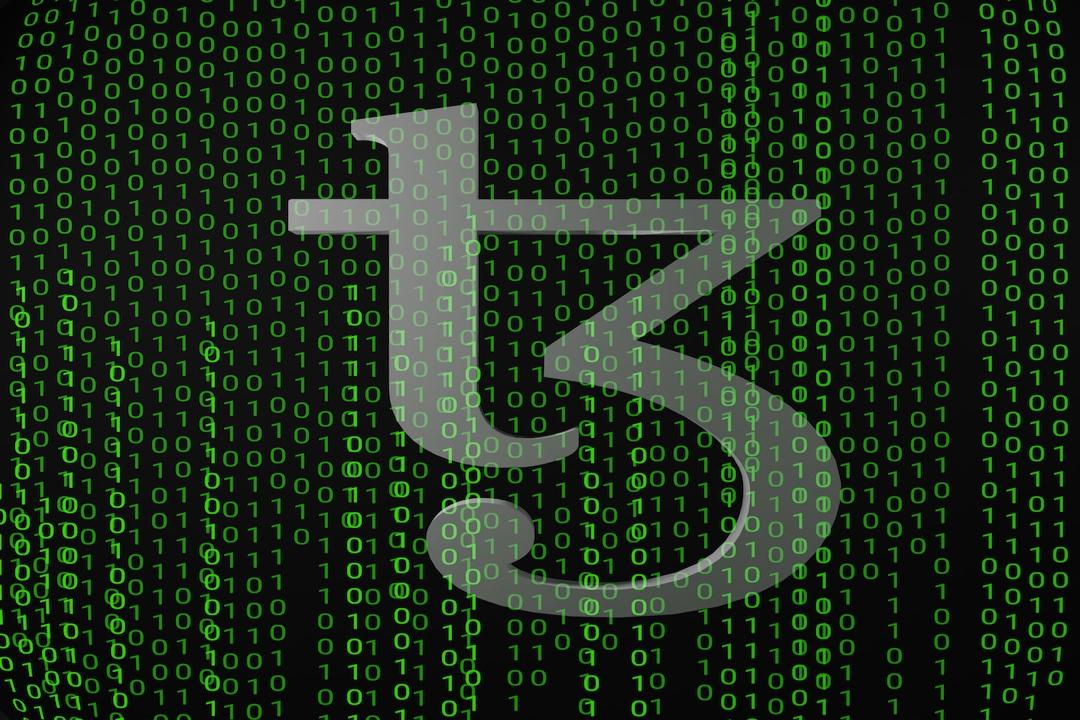How does Vitalik Buterin view the future of the Ethereum ecosystem?
In the Ethereum ecosystem, balance is the most important governance challenge – or more accurately, the integration of decentralization and cooperation.
The strength of this ecosystem lies in the wide range of individuals and organizations – client teams, researchers, layer 2 network teams, application developers, local community groups – all working towards their own visions of what Ethereum can become.
The main challenge is ensuring that all projects collectively build an Ethereum ecosystem rather than 138 incompatible territories.
To address this challenge, many people in the Ethereum ecosystem have proposed the concept of “Ethereum consistency”. This may include value consistency (e.g., open source, minimizing centralization, supporting public goods), technical consistency (e.g., collaborating with standards within the ecosystem), and economic consistency (e.g., using ETH as a token whenever possible).
However, this concept has been poorly defined in history, leading to the risk of social control: if consistency means having the right friends, then the concept of “consistency” fails.
To address this issue, I believe we should make the concept of consistency more clear and break it down into specific attributes that can be measured using specific indicators.
Everyone’s list will be different, and the indicators will inevitably change over time. However, I believe we already have a solid starting point.
Open source: This is valuable for two reasons: (i) the code can be audited for security and, more importantly, (ii) it reduces the risk of proprietary lock-in and allows third parties to make improvements without permission. Not every part of every application needs to be fully open source, but the core infrastructure components that the ecosystem relies on should be. The gold standard here is the FSF Free Software Definition and OSI Open Source Definition.
Open standards: Strive for interoperability with the Ethereum ecosystem and build on top of open standards, whether existing ones (e.g., ERC-20, ERC-1271) or emerging ones (e.g., account abstraction, cross-L2 transfers, L1 and L2 light client proofs, upcoming address format standards). If you want to introduce a new feature that existing standards cannot serve well, collaborate with others to write a new ERC. Applications and wallets can be rated based on the number of ERCs they are compatible with.
Decentralization and security: Avoid trust points, minimize audit vulnerabilities, and minimize reliance on centralized infrastructure. Natural metrics are (i) The walkaway test: if your team and servers disappear tomorrow, can your application still function? And (ii) internal attack tests: if your team itself tries to attack the system, how much damage will it cause? An important formality here is the L2beat aggregation phase.
Positiveness: 1) Ethereum-oriented – the success of a project should benefit the entire Ethereum community (e.g., ETH holders, Ethereum users), even if they are not part of the project’s own ecosystem. Specific examples include using ETH as a token (thus contributing to its network effects), contributing to open-source technology, and committing to donate a certain percentage of tokens or revenue to public goods in the Ethereum ecosystem. 2) Towards a broader world – Ethereum aims to make the world a freer, more open place, enabling new forms of ownership and cooperation, and making positive contributions to the major challenges facing humanity. Has your project achieved this? Examples include bringing sustainable value to a wider audience through applications (e.g., financial inclusivity), donating a certain percentage to public goods outside of Ethereum, and building practical technologies beyond cryptocurrencies (e.g., funding mechanisms, universal computer security) that are actually used in these environments.

Clearly, the above standards do not apply to every project.
For layer 2 networks (L2s), wallets, decentralized social media applications, etc., applicable indicators will vary greatly. Different indicators may also change in priority: two years ago, using “testnet rounds” for Rollups was acceptable because it was still in the “early stage”, but today we need to reach at least the first stage as quickly as possible.
Currently, the most obvious positive indicator is the commitment to donate a certain percentage of tokens, and more and more projects are doing this. In the future, we can also find other aspects of positiveness with clear indicators.
My ideal goal is to see more entities like L2beat emerge to track how projects are meeting the above standards and other standards proposed by the community.
Projects should not compete to make the right friends, but rather compete to stay consistent based on clear and understandable standards.
The Ethereum Foundation should maintain a certain distance in this regard: we fund L2beat, but we should not become L2beat.
Creating the next L2beat is itself a permissionless process.
This also provides a clearer path for the Ethereum Foundation and other organizations (and individuals) that want to support and participate in the ecosystem while remaining neutral to decide which projects to support and use.
Each organization and individual can determine, based on their own judgment, which standards they care most about and choose projects based on which ones best meet these standards.
This makes it easier for the Ethereum Foundation and everyone else to be part of the motivation to make projects more consistent.
Only with a clear definition of “merit” can elite management be achieved; otherwise, you will have a (potentially exclusive and zero-sum) social game.
The best solution to the concern of “who watches the watchers” is not to rely on ensuring that all influential people are angels, but through decentralized and well-tested technologies.
Entities like L2beat, block explorers, and other ecosystem monitors are excellent examples of how this principle works in today’s Ethereum ecosystem.
If we can do more to make different aspects of consistency clearer, without centralizing them in a single “watcher”, we can make this concept more effective and fair, just as the Ethereum ecosystem aspires to be.
This article is a collaborative reprint from DeepChain.


